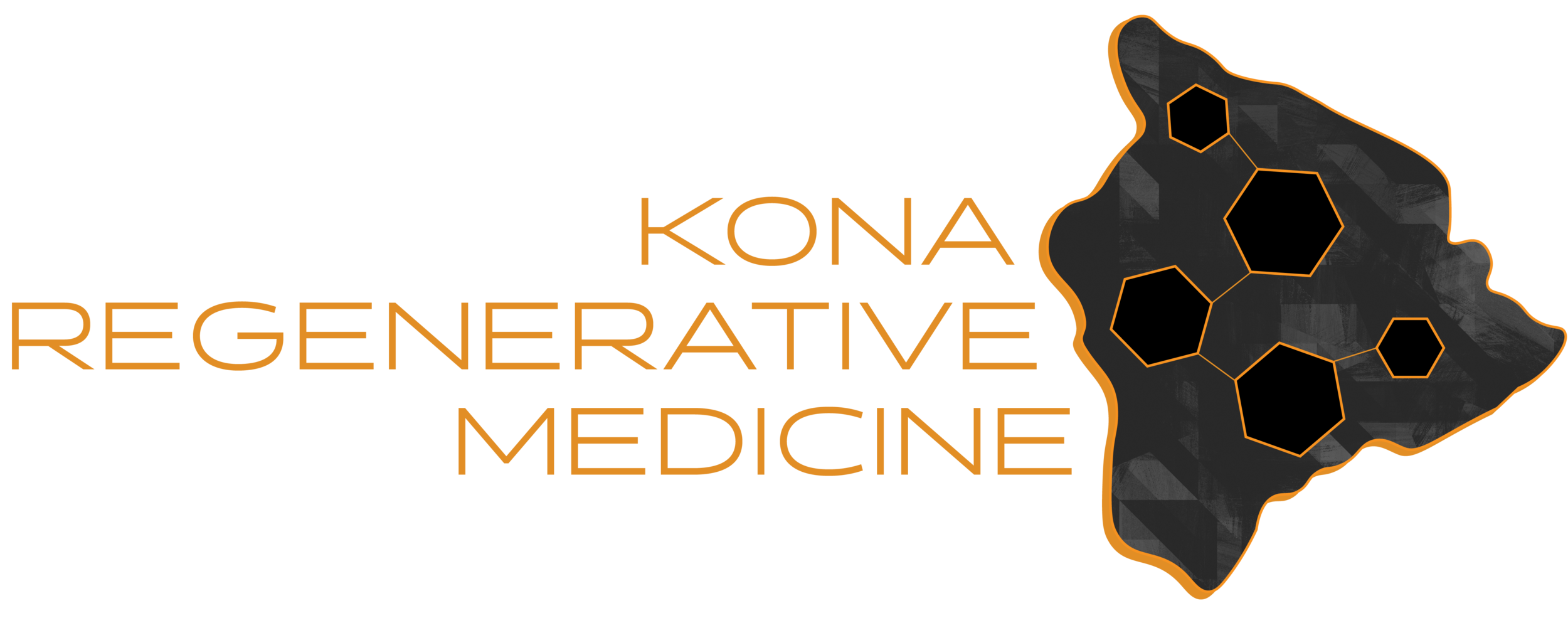WHAT ARE EXOSOMES?
Arnold Caplan, PhD originally coined the term mesenchymal stem cell (MSC) and demonstrated that mesenchymal stem cells have the ability to engraft into other cellular tissues: bone, cartilage, tendon, etc. After years of studying the molecular biology of stem cells, scientists like Duncan Ross, PhD demonstrated that mesenchymal stem cells secrete very specific packages (extracellular vesicles) that contain protein rich code for coordinating a healing response in the body. With the recent discovery of how stem cells work, Dr. Caplan has suggested replacing the meaning of MSC to Medicinal Signaling Cell.
The discovery of extracellular vesicles (EV) called Exosomes (Exos) finally demonstrated how stem cells communicate with other cells in the body. Think of exosomes like tiny shuttles transporting information between cells. This new found knowledge led scientists to conclude that stem cells use exosomes to communicate with other cells through three communication styles:
Autocrine - local communication between same cells
Paracrine - local communication between different cells
Endocrine - distant communication with other cells
WHERE DO EXOSOMES COME FROM?
To obtain research grade purified Exosomes, scientists collect healthy donated mesenchymal stem cells harvested from a variety of MSC rich tissues like placenta and bone marrow. The MSCs are then extracted & culture expanded to produce very large quantities of cells. These large stem cell populations produce valuable growth factors and immunomodulatory substances which are stored in their exosomes. Scientists expose the MSCs to a medium that mimics injury which encourages the stem cells to release their exosomes. These nanoparticles can then be isolated from all remaining cellular tissue for a purified substance. Exosomes are classified as cell secretions by the FDA and are not regulated as HCT/Ps of section 361 or section 351 as a drug. They contain none of the DNA from the original donor.
EXOSOMES VS. STEM CELLS
Exosomes demonstrate a number of advantages distinct from their parent cells (MSCs). Due to their incredibly small size (30-100nm), exosomes administered intravenously can travel systemically without the risk of clumping (as seen with intravascular stem cell infusions) thus allowing easy passage through the first pass phase of the lungs for better systemic dispersion. Unlike stem cells, exosomes have also been shown to pass the blood brain barrier without utilizing mannitol which increases the potential to treat many neurological conditions.
Due to their size exosomes bypass the immune system providing all the growth factors and immunomodulators to the areas of concern without interference. Allogeneic stem cells however contain DNA from the original donor, which may be targeted as a foreign substance by the immune cells. Exosomes carry tumor suppressor genes decreasing the risk of aberrant tissue growth and since there is no DNA in exosomes, there is no risk of malignant transformation.
Exosomes are commonly added to other regenerative injections treatments to supercharge the patient’s healing potential. We use exosomes in combination with stem cells (autologous or allogeneic) and/or scaffolding substrates like PRP or PRFM for the most robust treatments available. Exosomes provide an alternative option for our patients who:
Are not healthy candidates for autologous stem cell harvesting
Do not have healthy stem cell populations (from advanced age or the complex nature of their injuries)
Prefer not to undergo the harvesting procedure
Exosome therapy provides all patients with a tremendous boost in their healing capacity. The information contained within exosomes opens the door to treat countless conditions.
WHAT CONDITIONS ARE BEING TREATED WITH EXOSOME THERAPY?
Musculoskeletal: Joints, discs, muscles, bones, ligaments, tendons
Neurodegenerative: MS, Parkinson’s, Alzheimer’s, Huntington’s, ALS, Cerebellar Ataxia, Neuropathy, Glaucoma
CNS injury: CVA, CTE, TBI, SCI, Transverse myelitis
Heart Disease: MI, Angina, CHF
Lung Disease - COPD, Pulmonary fibrosis, Interstitial lunge disease
Liver Disease
Kidney Disease
Inflammatory Bowel Disease: Ulcerative Colitis, Crohn’s
Sexual Optimization: Erectile Dysfunction, Urinary Incontinence
Aesthetic Enhancement: Alopecia, face
Autoimmune Disease
Aging
Type II Diabetes Mellitus
We offer the following routes of administration:
Intramuscular (IM) - muscle, tendon, ligament
Intrarticular (IA) - joint space
Intravenous (IV) - vein
Intradermal (ID) - into dermis of skin
Subcutaneous (SQ) - below the dermis of skin
Topical
Other delivery applications tested with positive outcomes include the following, which are performed by specialists in those related fields:
Intrathecal - spinal canal or subarachnoid space
Periocular/Intravitreal - around the eye or into the eye
Intranasal - delivery to cribriform plate

